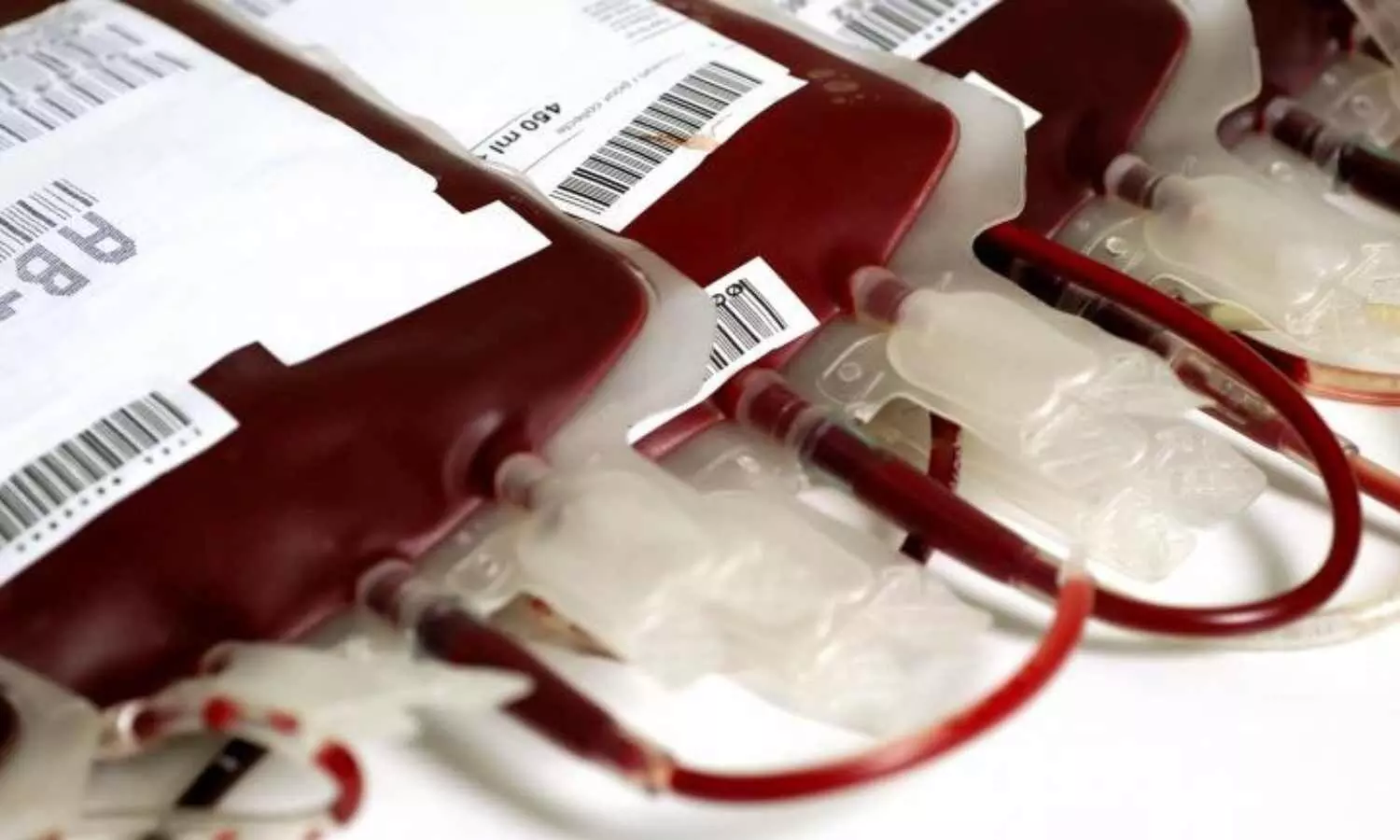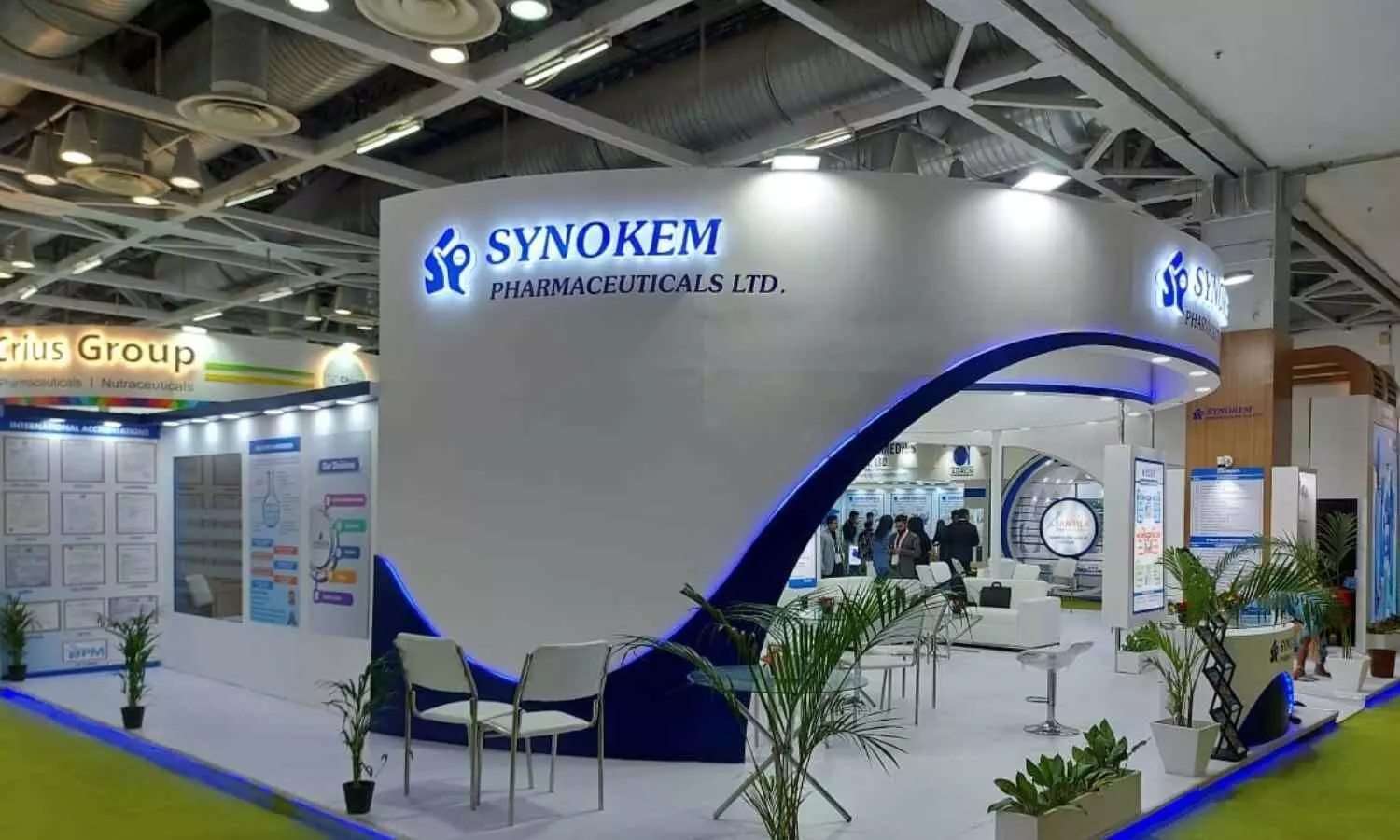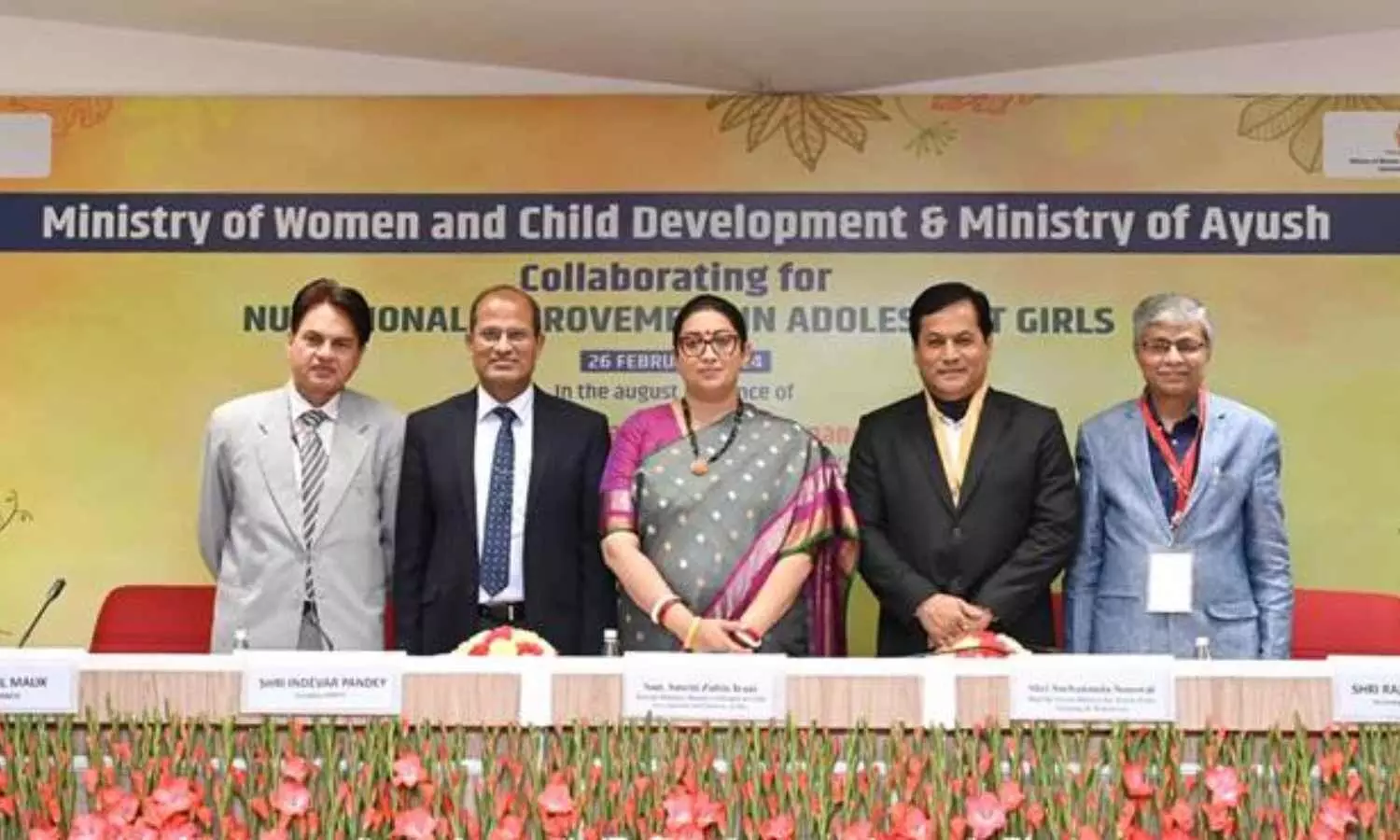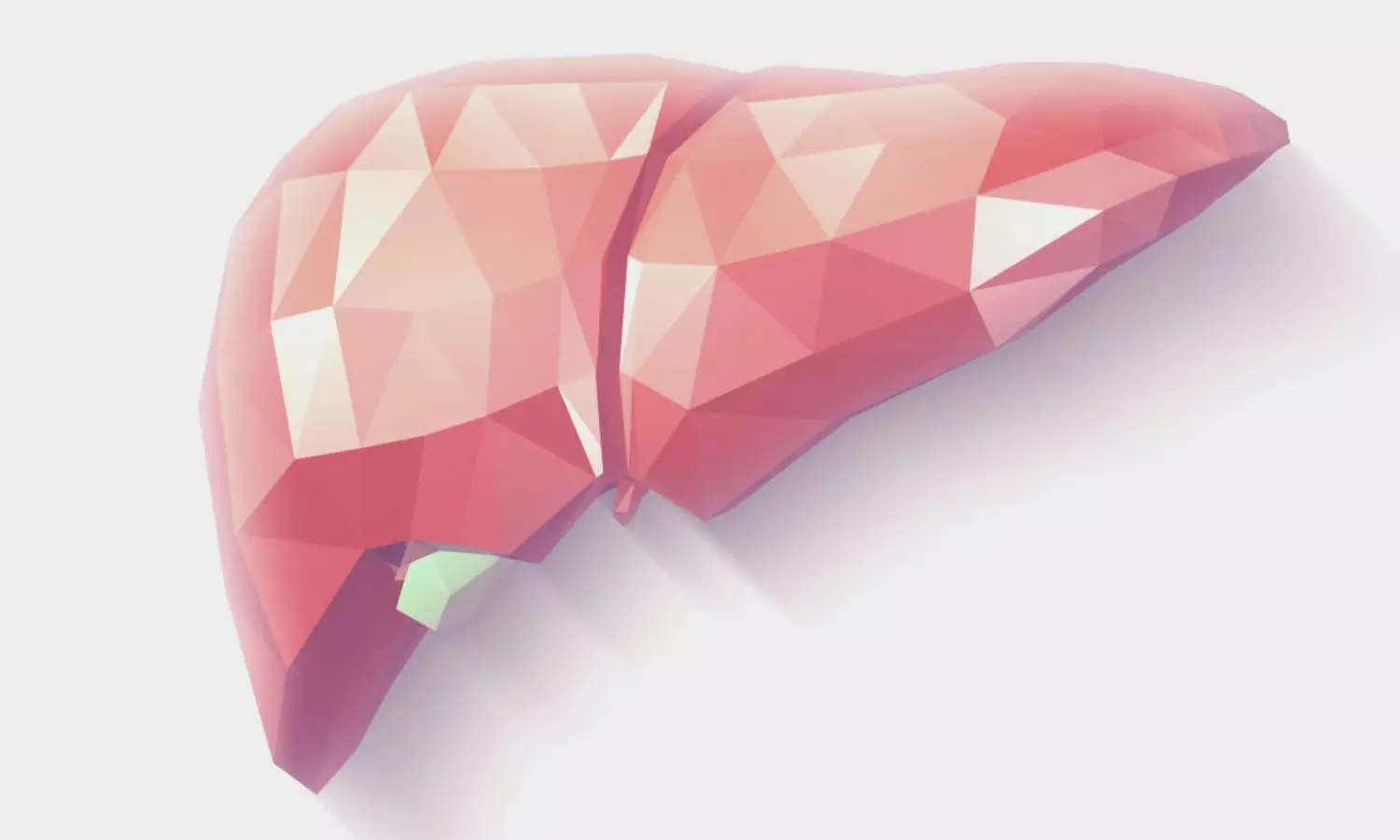Health bulletin 27/ February/ 2024
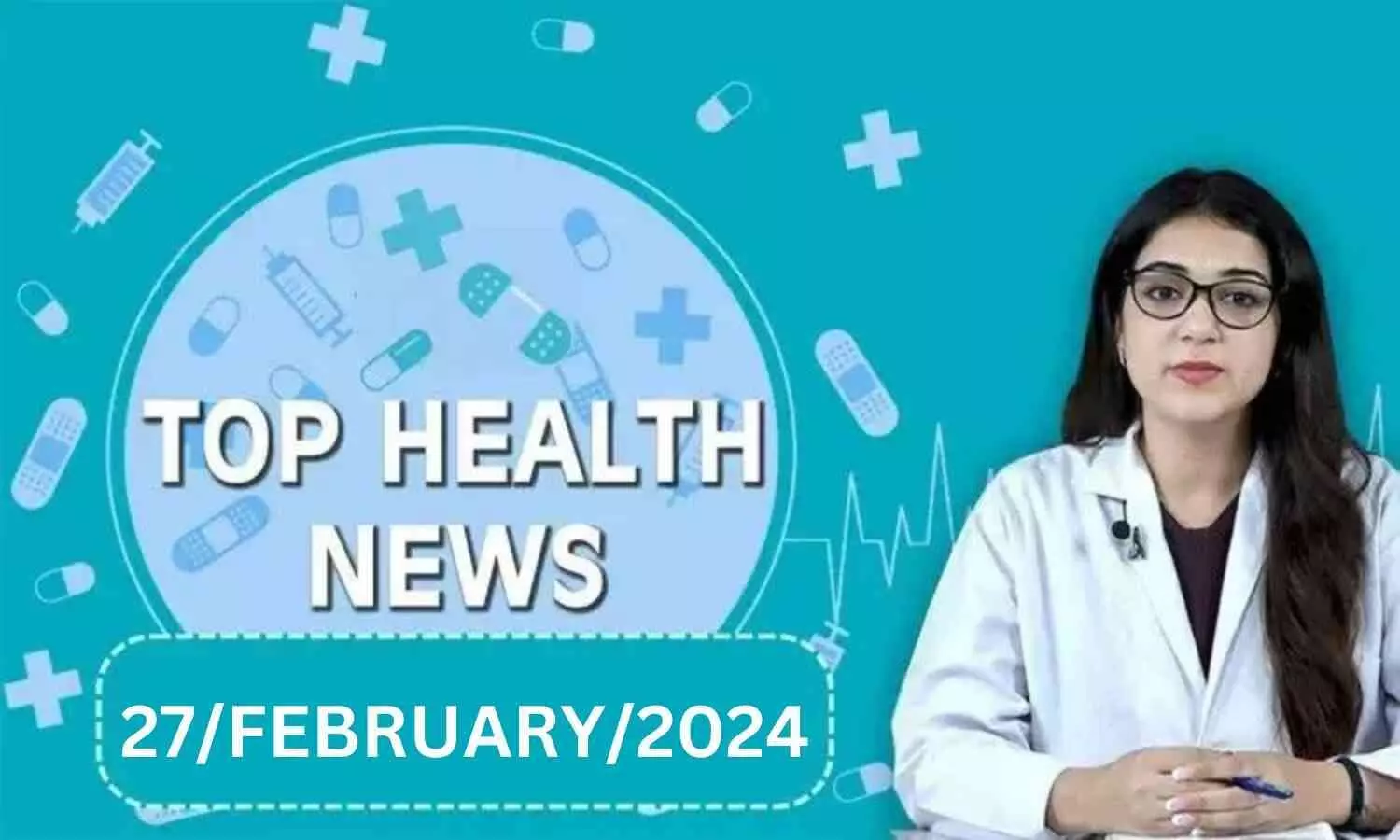
Here are the top health stories for the day:
Delhi man swallows 39 coins, 37 magnets for ‘body-building’
A 26-year-old man underwent surgery at Sir Ganga Ram Hospital in Delhi after experiencing persistent vomiting and abdominal pain for over 20 days. The surgery revealed an astonishing cause: the patient had ingested 39 coins and 37 magnets, believing the zinc in the coins would aid his bodybuilding efforts. This unusual behavior was noted against a backdrop of psychiatric illness, with the patient having a history of consuming such objects in recent weeks. Initial X-rays and a subsequent CT scan disclosed a significant accumulation of these items in his intestine, causing a blockage that necessitated urgent surgical intervention.
PM inaugurates Rs 491-crore JIPMER-Karaikal campus in Puducherry
Prime Minister Narendra Modi recently inaugurated the Karaikal campus of the Jawaharlal Institute of Postgraduate Medical Education and Research (JIPMER) through a virtual event. This new extension of JIPMER in Karaikal has been developed at a cost of Rs 491 crore. The campus initially started operating in August 2016, accommodating an annual intake of 50 MBBS students in temporary facilities. To establish a permanent campus, the Puducherry government allocated two plots spanning over 67.33 acres, planning the development in two phases.
Published in Nature Communications, the study highlights the FMD’s role in lessening aging indicators within the immune system, alongside diminishing insulin resistance and liver fat levels, thereby contributing to a younger biological age in clinical trial participants.
The FMD, formulated by img 15 Valter Longo of the USC Leonard Davis School, is a plant-based diet lasting image 16 five days, rich in unsaturated fats and low in calories, proteins, and carbohydrates, aiming to emulate the benefits of water-only fasting while still providing essential nutrients. This makes the diet more feasible for individuals to maintain.
Powered by WPeMatico


